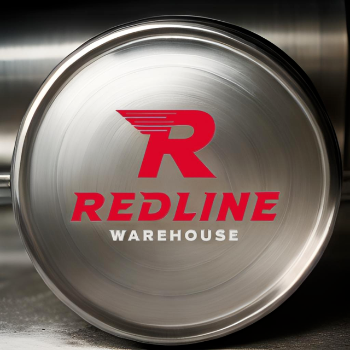Fire Extinguisher Types
Jan 25, 2025
Types of Fire Extinguishers and Their Applications
1. Water Fire Extinguisher (Class A)
Water fire extinguishers are suitable for Class A fires, which involve ordinary combustible materials such as wood, paper, and textiles. They work by cooling the burning material and reducing the temperature below its ignition point. These extinguishers are not effective on electrical or flammable liquid fires.
2. Foam Fire Extinguisher (Class A & B)
* Foam Fire Extinguishers have been discontinued. *
Foam fire extinguishers are designed for both Class A and Class B fires. They are effective on burning solids and flammable liquids like petrol and paint. The foam forms a blanket over the burning material, cutting off the oxygen supply and preventing re-ignition. However, they are not suitable for electrical fires.
3. Dry Powder Fire Extinguisher (Class A, B, & C)
Dry powder fire extinguishers are versatile and can be used on Class A, B, and C fires, making them suitable for fires involving solids, flammable liquids, and gases like propane and natural gas. The dry powder works by interrupting the chemical reaction of the fire. However, they can be messy and may not be suitable for enclosed spaces as they can obscure visibility.
4. Carbon Dioxide (CO2) Fire Extinguisher (Class B & Electrical)
Carbon dioxide fire extinguishers are primarily used for Class B and electrical fires. They work by displacing oxygen and removing heat from the fire. CO2 extinguishers leave no residue, making them ideal for use in areas with sensitive equipment, such as computer rooms and laboratories. However, they are not effective on Class A fires.
5. Wet Chemical Fire Extinguisher (Class K)
Wet chemical fire extinguishers are specifically designed for Class K fires, which involve cooking oils and fats. They work by creating a barrier between the oxygen and the fuel, cooling the oil and preventing reignition. These extinguishers are essential in commercial kitchens where deep frying occurs.
6. Clean Agent Fire Extinguisher (Class B & Electrical)
Clean agent fire extinguishers use halocarbons or other non-conductive agents effective against Class B and electrical fires. They work by interrupting the chemical reaction of the fire while leaving no residue, making them suitable for use in areas like data centers, museums, and aircraft.
7. Class D Fire Extinguisher
Class D fire extinguishers are specialized for combustible metals such as magnesium, titanium, and sodium. These extinguishers contain a dry powder that is effective in dealing with metal fires by smothering the flames and preventing oxygen from reaching the burning metal. It's vital for environments that use or produce such metals.
8. Fire Extinguishers for Household Use
For household use, multipurpose extinguishers (often labeled ABC) are the best choice, as they can tackle Class A, B, and C fires. Selecting the right

Leave a comment
0 Comments